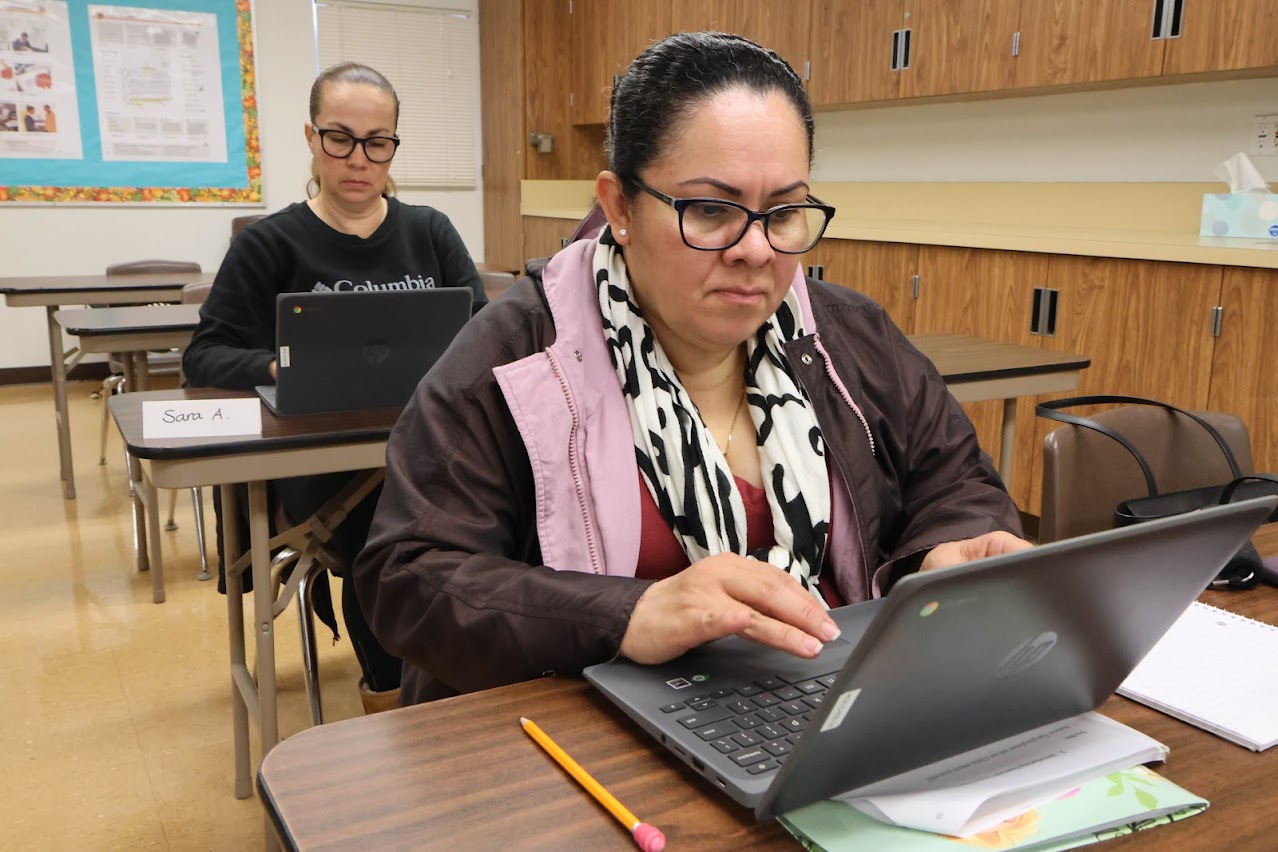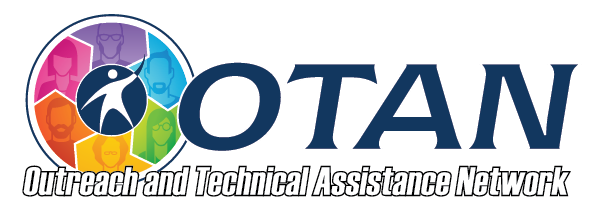OTAN News
Adapting HyperDocs to Help All students Learn
This article explores how HyperDocs can be a transformative instructional tool that enhances both synchronous and asynchronous learning by promoting accessibility, applicability, and agility—three pillars aligned with Universal Design for Learning and 21st-century skills.
The Purpose Behind HyperDocs
The author began using HyperDocs to make learning more intuitive and student-centered, aiming to bridge the gap between what students can do independently and what they can accomplish with support (the zone of proximal development). Learning is inherently vulnerable, and when teaching methods don’t align with student needs, it can lead to disengagement and a fixed mindset. HyperDocs address this by providing a centralized, structured, and user-friendly format for delivering learning materials.
What Are HyperDocs?
HyperDocs are curated digital documents that consolidate all learning resources, activities, and instructions into one place. This approach significantly reduces the cognitive load students face when navigating through scattered platforms or learning management systems (LMS). By centralizing materials, students can focus more on the content and less on navigation.
Integration with Technology and LMS
Rather than relying solely on an LMS, the author uses HyperDocs to streamline class sessions. For example, instead of posting assignments, articles, and discussions separately in an LMS like Google Classroom, everything is compiled into a single HyperDoc. This method addresses the disorganization often found in traditional LMS interfaces.
The author also references the SAMR model—Substitution, Augmentation, Modification, and Redefinition—to ensure that technology enhances learning in meaningful ways.
Initially, HyperDocs may serve as substitutes (e.g., replacing paper handouts with PDFs), but they have the potential to reach redefinition, where students experience truly personalized and innovative learning, such as through AI tools or virtual exchanges.

OTAN Stock Photo
The 3 Key Considerations for Effective HyperDocs
- Accessibility
Accessibility means designing HyperDocs that work for all students, regardless of device or learning ability. HyperDocs should be responsive, functioning well on phones, tablets, and computers. They should also minimize complexity by organizing lessons clearly. Using frameworks like Explore, Explain, Apply helps break learning into manageable parts, allowing students to easily follow the digital lesson structure.
- Applicability
Applicability refers to how relevant and personalized the content is for each learner. HyperDocs support competency-based learning, enabling students to progress at their own pace. Teachers can adjust the content using leveled readings or multimedia options to better meet student needs. Tools like Rewordify, ThingLink, and Edpuzzle allow students to choose how they engage with the content and provide real-time feedback to teachers.
- Agility
Agility involves being responsive to change and integrating new tools proactively rather than reactively. While the pandemic forced educators into emergency tech adoption, the current focus should be on preparing for future shifts in education. HyperDocs encourage educators to adopt an adaptive mindset and continuously improve how they integrate technology to meet evolving learning needs.
Conclusion
When crafted with accessibility, applicability, and agility in mind, HyperDocs become powerful tools that support personalized, relevant, and adaptive learning. They simplify content delivery, support real-time feedback, and promote student engagement by offering a centralized, tech-savvy approach to modern education.

